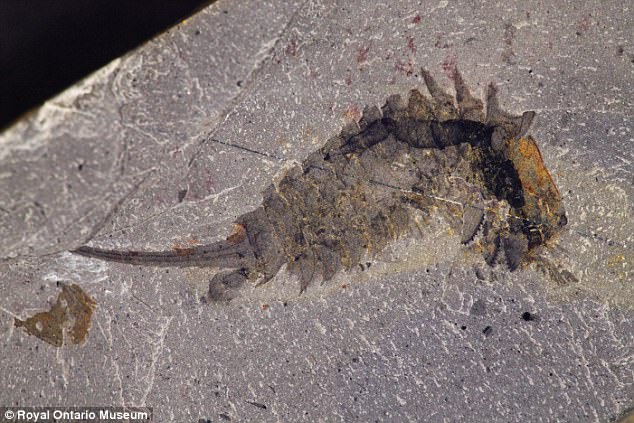A sea predator with a ‘jackknife’ head that hunted the oceans 508 million years ago was the earliest relative of today’s crabs and spiders.
The long-extinct species ‘Habelia optata’ was about two centimetres (0.8 inches) long with a tail as long as the rest of its body.
Scientists have now re-evaluated the ‘tiny yet exceptionally fierce’ species, finding it belongs to a group of invertebrate animals known as the arthropods.
This means it was a “close parent” of spiders, insects, lobsters and crabs.
But, the creature’s characteristics meant the creature may have proven far more deadly.
Dr Cedric Aria – study lead author at the University of Toronto, Canada, said: “This complex apparatus of appendages and jaws made Habelia an exceptionally fierce predator for its size.
“It was likely both very mobile and efficient in tearing apart its preys.”
The lineage of the Habelia can now help to explain various things in modern-day creatures that have dumbfounded scientists.
“Habelia now shows in great detail the body architecture from which chelicerates (subdivision of anthropods that spiders and crabs etc belong to) emerged, which allows us to solve some long-standing questions,” Dr Aria added.
“We can now explain why, for instance, horseshoe crabs have a reduced pair of limbs – the chilaria – at the back of their heads.”















